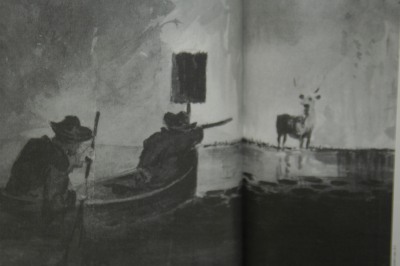by Daniel E. Schmidt, D&DH Editor
It might be hard to comprehend, but the practice of “shining” deer — using spotlights
to watch deer at night — is not an invention of modern man.
These days, with our modern, million-candlepower hand-held spotlights and the like,
whitetail enthusiasts everywhere enjoy spending time driving the countryside at night
while spotlighting fields for deer. Where legal (and where practiced with tact), the
activity can indeed be a fun time for family and friends. Of course, a few bad apples
can spoil the bunch, and that’s why spotlighting, or shining, is illegal in many states
(usually during hunting season).
But what would you say if I told you that this activity was actually quite common
in the 1800s? It was. However, back then, it was called “jacklighting,” and it always
referred to the act of killing deer at night.
In fact, one of the first published recollections of jacklighting was penned by none
other than President Theodore Roosevelt. Writing in his memoirs, Roosevelt recalled
how, as a boy of just 15, he got his feet wet in big-game hunting when he went jacklighting
for deer in the Adirondacks. Ironic, yes, because it was Roosevelt who helped start
the Boone and Crockett Club — an organization built on the highest hunting ethics.
Of the experience, Roosevelt wrote, “I killed a spike buck; and while I have never
been willing to kill another (deer) in this manner, I cannot say I regret having once
had the experience.”
In those days, hunters floated canoes in rivers that wound through deer-rich habitat.
In the black of night, one man would control the canoe with his paddle. In the front
of the canoe, a large torch would be affixed to the bow. The shooter sat behind the
flaming torch, ready for action at every turn and swale. Feeding and drinking whitetails,
which likely had never seen nighttime lights before, would stand paralyzed (“deer
in the headlights”) when they encountered the approaching fireball. This often gave
the shooter plenty of time to aim and shoot.
The activity was even romanticized by artists of those days. In the following painting,
famed artist A.F. Tait depicts a “Deer Jacking” from the late 1800s.

